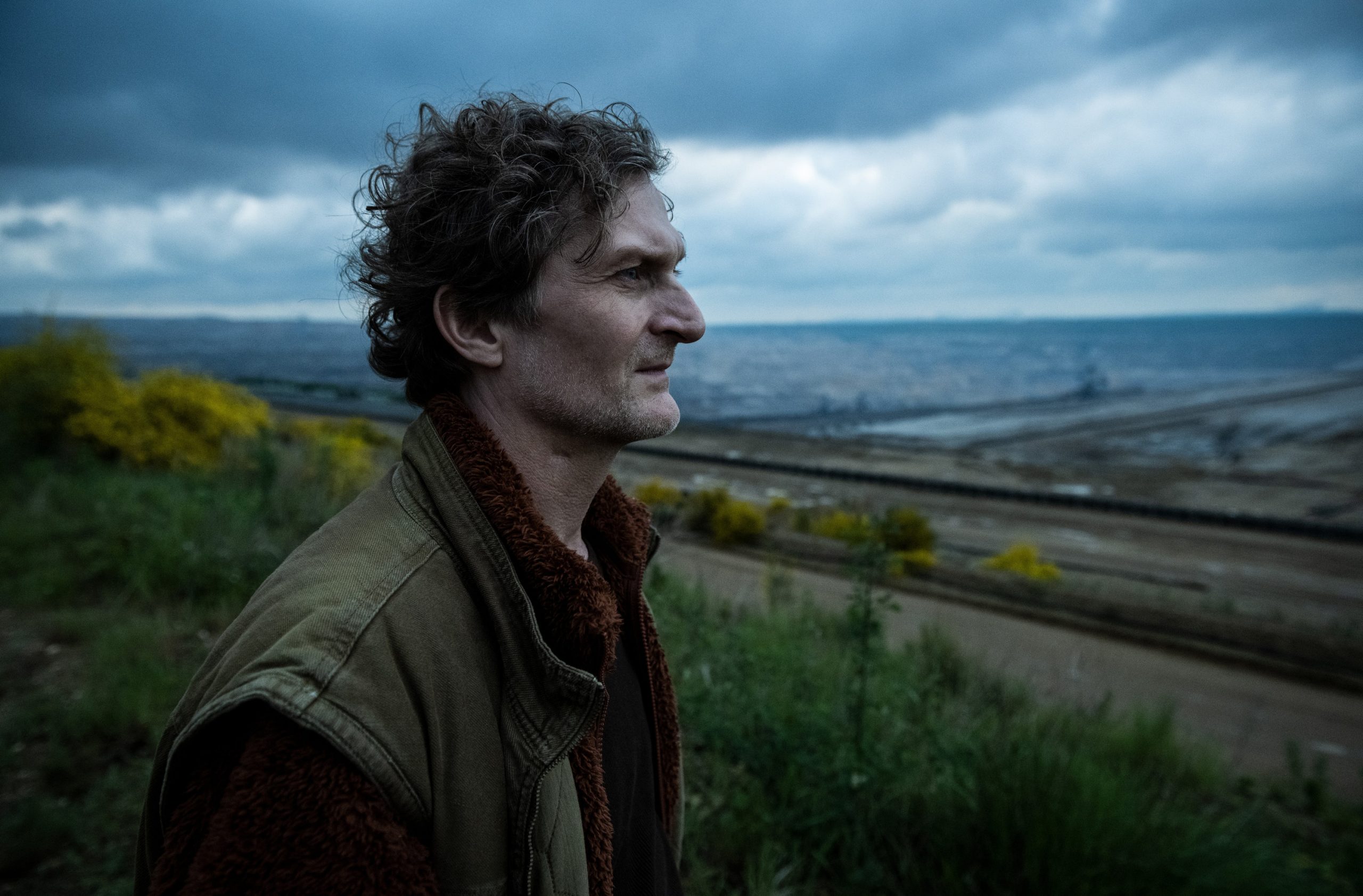In the distance a kind of applause can be heard, as if wooden hands were clapping louder and louder in a room. The crack is sharp—before the echo occurs, there is one noise overlapping another. Up close it’s rumbling and a bit metallic. It stuns and deafens, it penetrates the skin…
This repetitive and cumulative work of john duke It is called “Curtain of Noise”, an installation that explores sound and the way in which it arises or breaks into our environment. It can be visited at the Explora Park Music Room the next March 29 after a presentation at the XXI Manizales Image Festival, for which Duque created the work as a participant in an artist residency at the Exploratorio.
The piece, almost 4 meters wide and 1.5 meters long, is part of a proposal that the Medellín-born artist has been developing around the body, space and sound, and which includes other sound artifacts that penetrate landscapes to manipulate sounds or intervene, record, process and broadcast audios.
The name Noise Curtain alone refers to an everyday space, enclosed between walls that are disrupted by noise, understood as something “undesirable”.
“Have we considered our body as noise in the landscape? Are we aware that we are part of the noise and that it shapes us?”, are some of the questions surrounding this work, which is a network of technology and electronic devices that are used to create a raucous atmosphere.
Among the materials that make it up are an Arduino processor and a motion sensor controlled by a series of servomotors that work by programming. These servomotors —which are devices that precisely control the movements of their axis— promote a movement sequence that produces a “cascade effect”, caused by the pieces of wood, which are joined by an artisan technique known as Jacob’s Ladder or Magic Staircase, for which they have cloth ribbons attached between the wood.
Thanks to the sensor, located on a side wall of the assembly room itself, the curtain detects people or spectators who circulate near the installation, which activates and sounds randomly with percussive sounds. “A sound acoustic mass” that becomes part of the landscape of the place.
Duque is a sound and audiovisual artist, guitarist, with a degree in art education with a focus on music. Apart from being an instrumentalist, he has been interested in sound experimentation and science. His work, he explains, “has a convergence between the artisan and the technological”, and is inspired by that type of ladder from a popular game that he had found for sale in bazaars.
“The sound installation ‘Cortina de Ruido’ is an encounter with order and chaos, where the body becomes a disruptive agent of a programmed sequence that becomes perpetual due to its prevalence”, underlines the curatorial text. “The stairs are made of wood and depending on their thickness and size and the components that I use generate a percussion noise, plus the noise of the servomotors, it is a very particular noise. The sum produces an interesting and somewhat stunning sound mass”, explains Duque.
When that happens, the spectator is already immersed and, naturally, they join the work with their own noises and sounds, that of their voices, footsteps or comments.
More sound experiences
In addition to the installation by Juan Duque, the Exploratorio will present the work watch later, which consists of a live musicalization of digital files, which will work with files from platforms such as YouTube. This proposal will feature the participation of Vamperrito (Óscar Arroyave), who brings a remix and musical mix of various genres: cumbia and rock, vallenato and electronics, party music with punk; and Synthetic Environments (Diego Alejandro Pulgarín and Diego Alejandro Molina), an experimental and musical project focused on the creation of soundscapes with sounds taken from urban and rural atmospheres.
Collective tribute to Óscar Jaramillo
From March 16 to April 23, a sample of 75 students who pay tribute to another important setting in the city, the El Castillo Museum, can be visited in the Museum’s Art Room and the Cypress Room. to his legacy and trajectory through drawings. The students belong to the University of Antioquia, Fine Arts, the Engraving Workshop and the School of Arts.
Jaramillo “is considered one of the best and most influential cartoonists in the history of Colombian art, his mastery was not developed in classrooms or academies. The subjects of his artistic practice were in canteens, he lived with them at night, ”says the exhibition statement.
Parallel to his work, the artist has developed teaching work in both public and private institutions. At the El Castillo School of Art, he has been a teacher for 15 years, accompanying artists in their creative processes and focusing on the practice of drawing.

